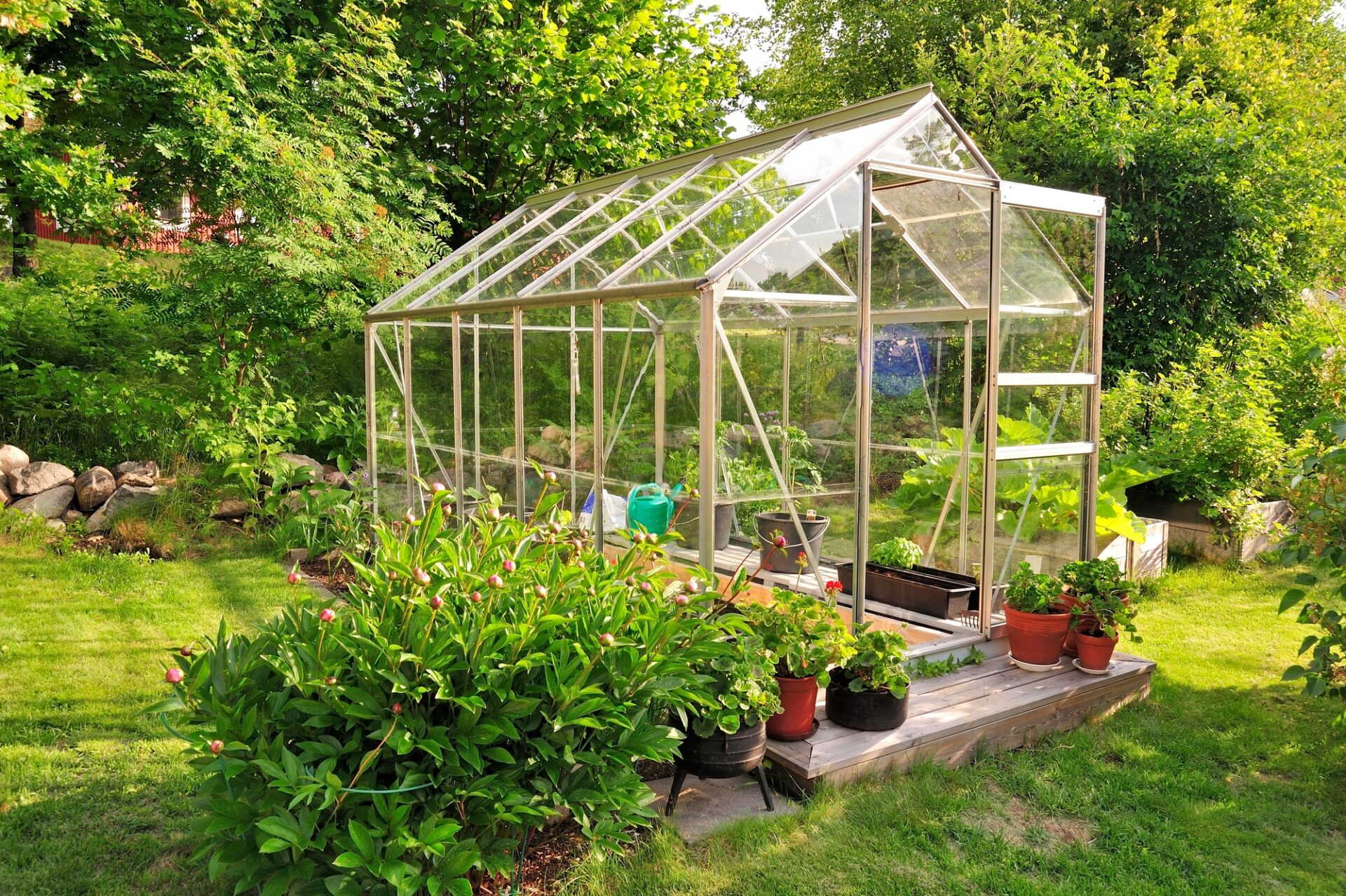In today’s world, where environmental consciousness is not just a trend but a necessity, eco-friendly landscaping has emerged as a significant player in promoting sustainability. This approach to gardening goes beyond mere aesthetics, focusing on creating a landscape that lives in harmony with the environment. Eco-friendly landscaping involves using sustainable practices that conserve resources, support local ecosystems, and reduce environmental impact. Whether you’re a homeowner looking to revamp your garden or someone exploring greener options, this guide will provide valuable insights into sustainable landscaping.
Table of Contents
Commercial Landscaping Companies: Pioneers of Eco-Friendly Practices
The rise of eco-friendly landscaping is not just limited to private gardens; it’s becoming a core principle for many commercial landscaping companies. These organizations are leading the charge by integrating sustainability into their projects. They utilize practices that not only enhance the aesthetic value of commercial properties but also contribute positively to the environment. From selecting native plants to implementing water-efficient systems, commercial landscapers set a standard for environmental stewardship in the landscaping industry.
Understanding the Basics of Eco-Friendly Landscaping
Sustainable Plant Selection
One of the cornerstones of eco-friendly landscaping is the selection of sustainable plants. This means choosing native or adapted species that thrive naturally in your region’s climate and soil conditions. Native plants require less water, pesticides, and maintenance, making them an environmentally friendly and cost-effective choice. They also provide essential habitats and food sources for local wildlife, contributing to biodiversity.
Water Conservation Strategies
Water conservation is another critical aspect of eco-friendly landscaping. Techniques such as rainwater harvesting, drip irrigation, and the use of mulch can significantly reduce water usage. Rainwater harvesting involves collecting and storing rainwater for later use in the garden, while drip irrigation delivers water directly to the plant’s roots, minimizing waste. Mulching helps retain soil moisture and suppresses weeds, reducing the need for frequent watering.
Enhancing Your Landscape Sustainably
Eco-Friendly Lawn Alternatives
In addition to ground covers and native grasses, another innovative approach is creating a “living lawn” with low-growing herbs. Plants like thyme or chamomile, tolerant of foot traffic, can create a fragrant and environmentally friendly lawn alternative. These herb lawns not only reduce maintenance but also attract pollinators, enhancing your garden’s biodiversity.
Creating spaces for wildflowers is another excellent strategy. Wildflower meadows, even in smaller patches, can dramatically reduce lawn areas while providing habitat for beneficial insects and birds. This approach nurtures local wildlife and creates a dynamic, ever-changing tapestry of colors and textures throughout the seasons.
Moreover, integrating hardscape elements such as walkways, patios, or stepping stones can reduce lawn areas while adding functional and aesthetic elements to your landscape. Materials like reclaimed wood, natural stone, or recycled pavers are eco-friendly choices that blend seamlessly with the natural environment.
Incorporating Organic Practices
Beyond using organic fertilizers and compost, embracing organic practices also involves understanding and working with your garden’s natural cycles and processes. This includes practicing crop rotation in vegetable gardens and integrating companion planting, where certain plants are grown together to enhance growth, deter pests, or attract beneficial insects.
Another aspect of organic landscaping is the conservation of biodiversity. This can be achieved by creating habitats like birdhouses, bee hotels, or butterfly gardens. These features not only support local wildlife but also bring a sense of life and vibrancy to your garden.
Additionally, using permeable paving in your garden design helps manage rainwater sustainably. Permeable surfaces allow rainwater to seep through and recharge groundwater, reducing runoff and preventing erosion.
Conclusion
Eco-friendly landscaping is not just a gardening method; it’s a philosophy that encourages a harmonious relationship with nature. By adopting sustainable practices, you contribute to environmental conservation and create a healthy, thriving garden. This landscaping approach offers many benefits, including reduced water usage, less chemical dependency, and increased support for local wildlife. Whether selecting native plants, implementing water conservation techniques, exploring lawn alternatives, or practicing organic gardening, every small step towards eco-friendly landscaping makes a significant difference. Embrace these sustainable practices and transform your garden into a beautiful, eco-conscious space.





